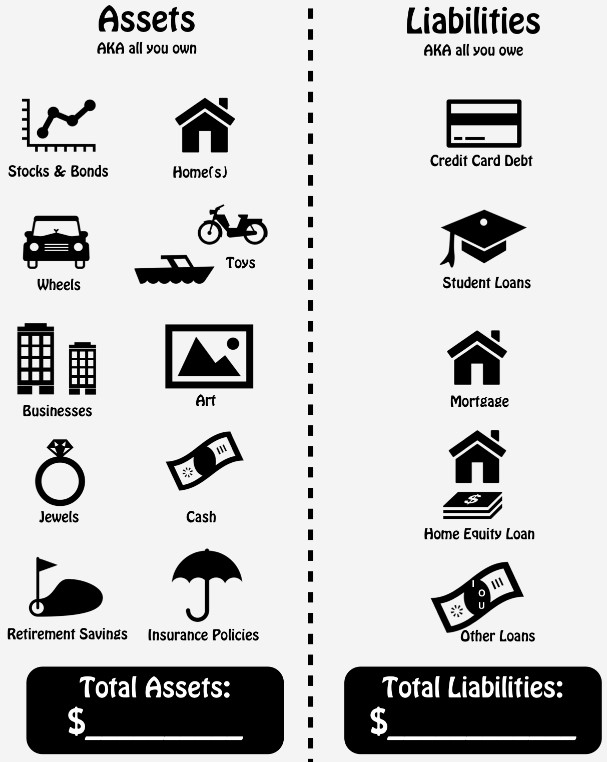
Equity
Equity can consist of the following aspects:
- Equity belongs to the owners of a business (shareholders, partners, or members).
- Equity equals the surplus assets over liabilities.
- Equity is firstly the result of capital (funds, cash) provided by the owners to the business.
- Equity, secondly, results from profits made by the business. This profit is the result of income and expenses.
Liabilities
When a business buys an asset or receives a service, an amount of money must be paid.
If this payment is only done at a later stage, a liability result.
Liabilities are divided into long and short-term based on the time allowed for paying back the debt. Normally, debt payable within a 12-month period is seen as short-term liabilities.
Short-term liabilities of this type are known as a creditor.
A liability is also created when cash is provided to the business without an asset of service given in return by the business. This type of liability is known as a loan or debt.
Examples are the issue of debentures (also called bonds), long-term loans received, or short-term loans received.
Assets
Assets take various forms, such as:
- Property, cash in bank or on hand.
- Assets are obtained by acquiring an item with a certain measurable monetary value.
- Assets can be long-term, e.g. land, buildings, vehicles, machinery, equipment, furniture, or investments.
- Assets can be short-term, e.g. stock, debtors, or cash on hand.
- The cash on hand of an enterprise can be in various forms, namely physical, cash on the premises (petty cash), in a current account at a bank, or in a term account (e.g. fixed deposit).